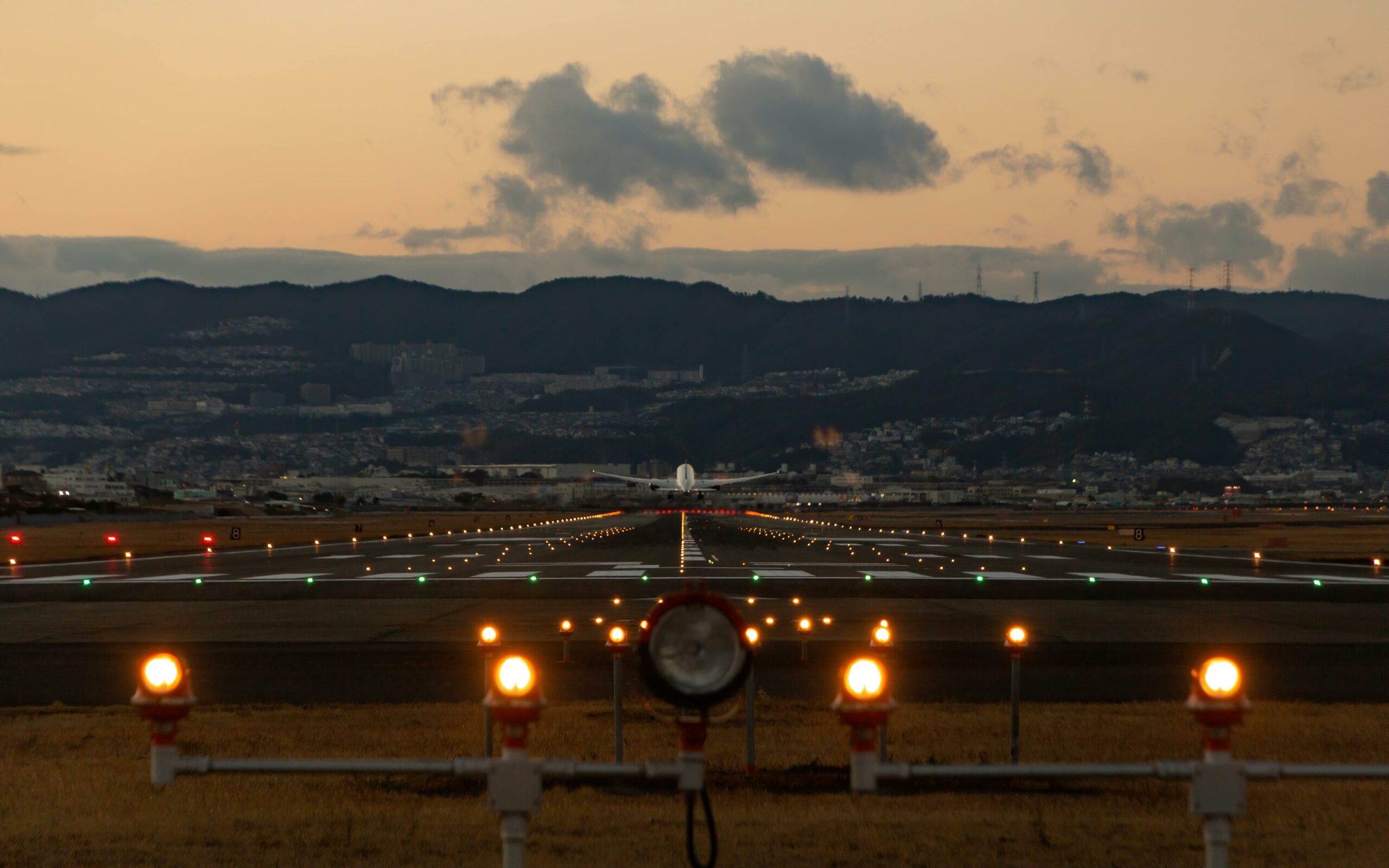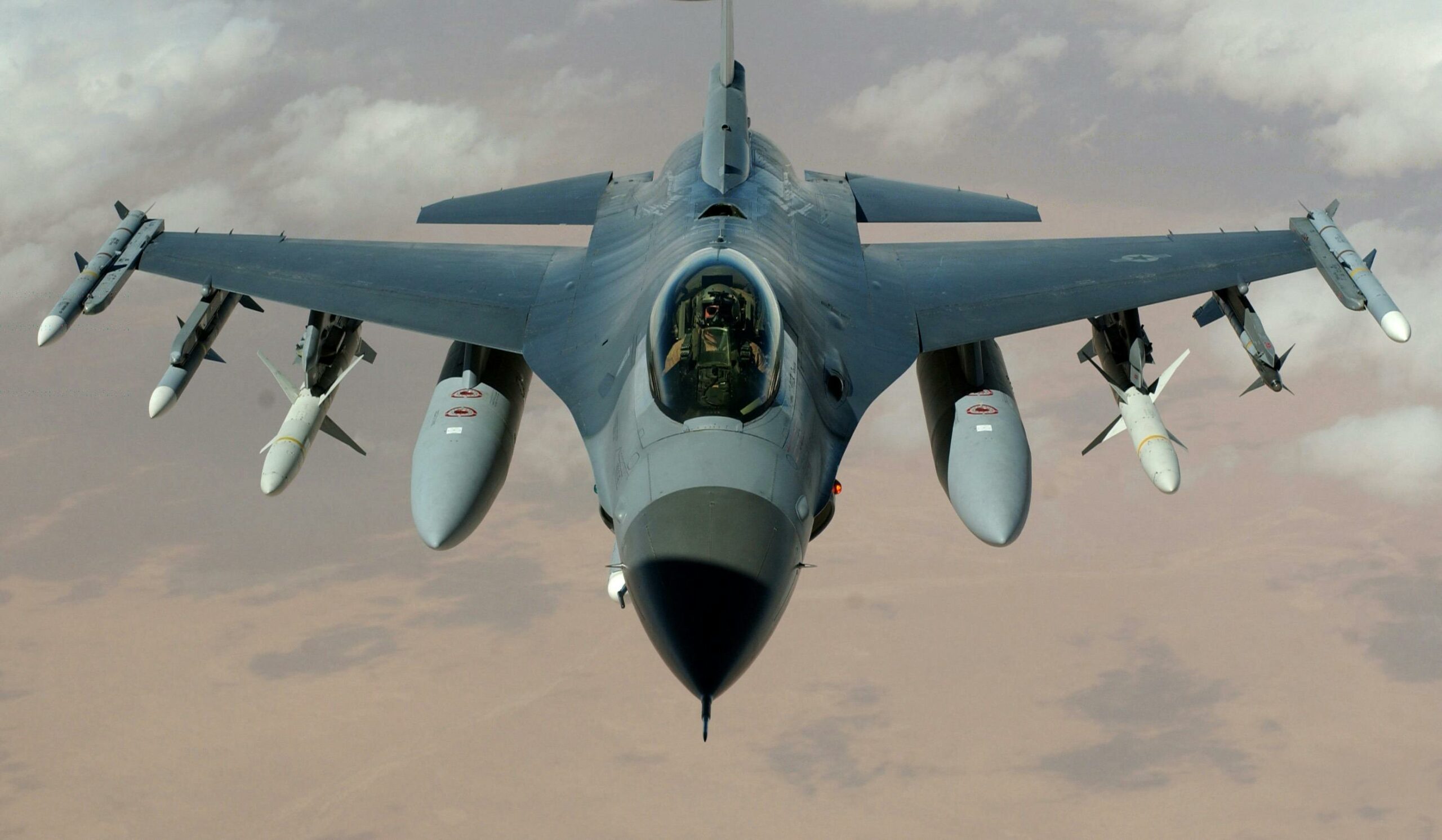The Importance of Air Traffic Control: Ensuring Safe and Efficient Air Travel
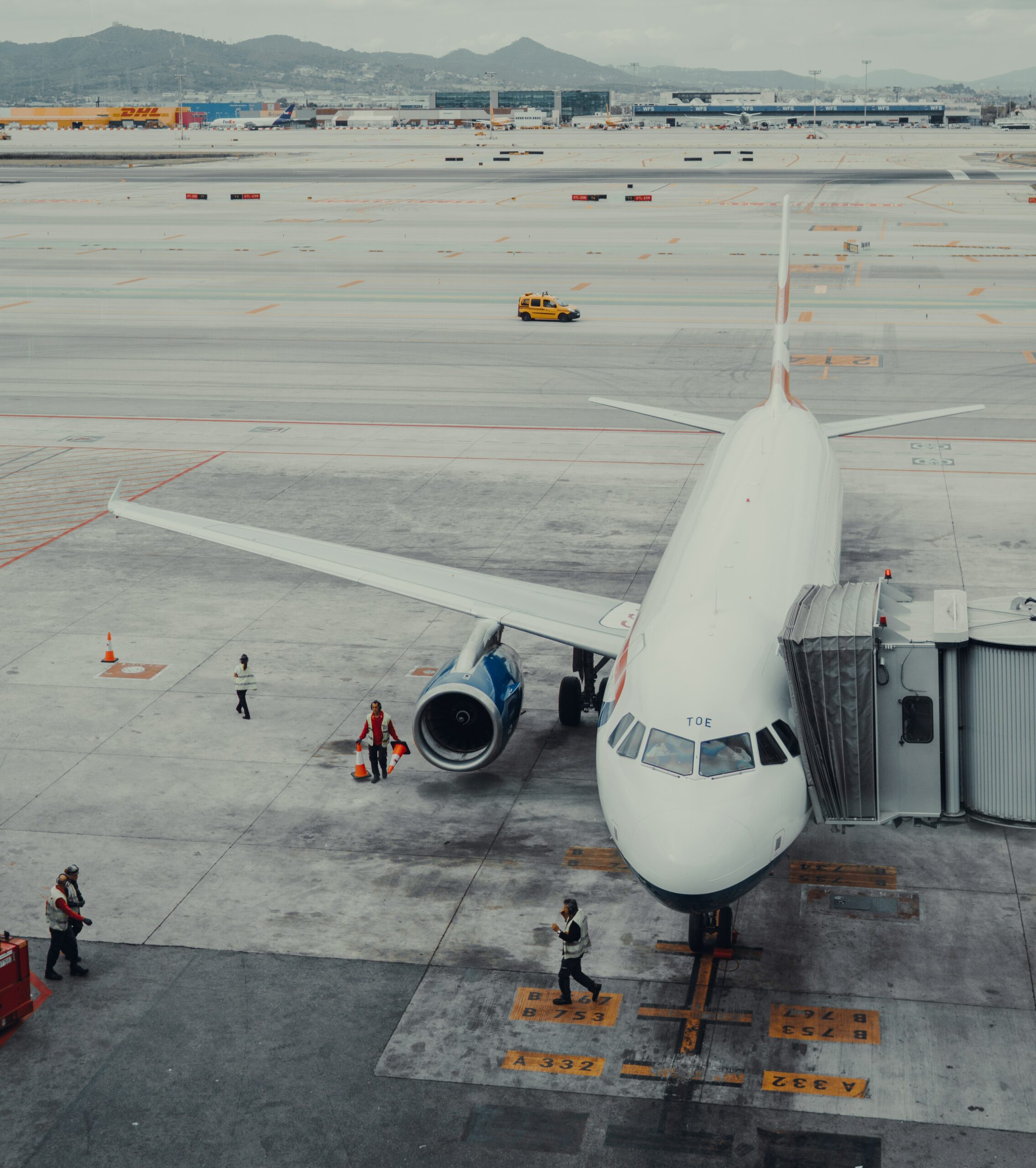
Air traffic control is a vital component of the aviation industry, ensuring the safe and efficient movement of aircraft through the airspace system. Air traffic control involves the monitoring, directing, and guiding of aircraft, both on the ground and in the air. This critical function is performed by highly trained professionals known as air traffic controllers.
The importance of air traffic control cannot be overstated. Air traffic controllers are responsible for managing the flow of air traffic, ensuring that aircraft maintain a safe distance from one another and follow designated flight paths. They monitor weather conditions and adjust flight routes accordingly, as well as provide pilots with critical information about other aircraft in the area. Without air traffic control, the aviation industry would be unsafe and chaotic.
The role of air traffic control has become even more critical in recent years, with the rapid growth of air travel and increasing demands on the airspace system. As the number of flights continues to rise, air traffic controllers must work even harder to ensure that each flight is safe and efficient. Despite the challenges, air traffic controllers remain committed to their mission, working tirelessly to ensure that the skies remain safe for all.
Understanding Air Traffic Control
Air traffic control (ATC) is a critical component of the aviation industry. It involves the coordination of aircraft movement in the airspace and on the ground to ensure safety, efficiency, and orderliness. ATC is responsible for managing the flow of traffic, issuing clearances, and providing guidance to pilots.
Roles and Responsibilities of Controllers
Air traffic controllers (ATCs) are the individuals responsible for managing the movement of aircraft. They work in control towers, approach control facilities, and en-route centers. Their primary responsibilities include:
- Issuing clearances: ATCs are responsible for providing pilots with clearances for takeoff, landing, and taxiing. They also issue instructions for altitude changes, route changes, and speed adjustments.
- Monitoring aircraft movement: ATCs use radar and other equipment to monitor the movement of aircraft. They keep track of the aircraft’s position, altitude, and speed to ensure safe separation and efficient movement.
- Communicating with pilots: ATCs maintain communication with pilots to provide guidance and instructions. They use a standardized phraseology to ensure clear and concise communication.
- Managing traffic flow: ATCs are responsible for managing the flow of traffic in the airspace. They ensure that aircraft maintain safe separation and follow established procedures.
- Responding to emergencies: ATCs are trained to respond to emergencies such as aircraft malfunctions, weather-related incidents, and security threats. They coordinate with other agencies to ensure a safe and efficient response.
Air Traffic Control Operations
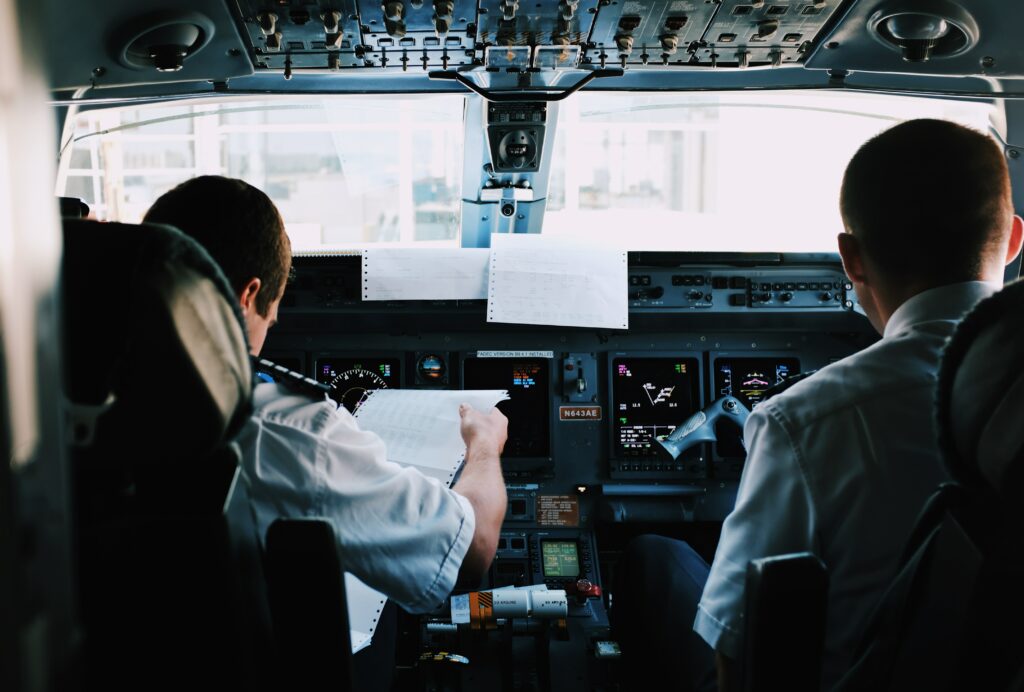
Air Traffic Control (ATC) operations are critical to ensure the safety of aircraft, passengers, and crew. ATC operations involve managing air traffic flow, ensuring safe takeoffs and landings, and providing guidance to pilots during flight. ATC operations are divided into three main categories: Departure and Approach Control, En Route Control, and Tower Control.
Departure and Approach Control
Departure and Approach Control is responsible for managing aircraft as they take off and land at airports. This includes managing runway operations, coordinating with ground control, and providing guidance to pilots during takeoff and landing. Pilots rely on approach controllers to provide them with information on the runway, taxiways, and other critical information to ensure safe landings.
En Route Control
En Route Control is responsible for managing aircraft as they travel between airports. This includes managing flight paths, coordinating with other sectors, and ensuring safe separation between aircraft. En Route controllers work in area control centers and use radar and other surveillance technologies to monitor aircraft and ensure safe flight.
Tower Control
Tower Control is responsible for managing aircraft while they are in the vicinity of the airport. This includes managing ground delays, coordinating with other controllers, and providing guidance to pilots during takeoff and landing. Tower controllers work in airport traffic control towers and use terminal radar approach control to monitor aircraft and ensure safe flight.
Overall, ATC operations are critical to ensuring the safety and efficiency of air travel. ATC operations involve coordination between multiple entities, including pilots, ground control, and other ATC controllers. By providing guidance and ensuring safe separation, ATC operations help prevent collisions and emergencies, and keep air travel safe for everyone involved.
Communication in Air Traffic Control
Effective communication is an essential component of air traffic control. Controllers must communicate clearly and effectively with pilots to ensure the safety of all aircraft in the airspace. Communication is particularly important during takeoff and landing, when aircraft are in close proximity to each other and to the ground.
Language and Communication Tools
To ensure clear communication, air traffic controllers and pilots must speak the same language. English is the international language of aviation, and all pilots and air traffic controllers must be proficient in English. This ensures that everyone in the aviation industry can communicate effectively, regardless of their country of origin.
In addition to speaking the same language, air traffic controllers and pilots use a variety of communication tools to ensure clear and accurate communication. Radios are the primary means of air-ground communication, and air traffic controllers and pilots use them to exchange information about aircraft positions, weather conditions, and other important information.
Computers are also an important communication tool. Air traffic controllers use computer systems to track aircraft positions and to communicate with other air traffic control facilities. This allows for seamless communication and coordination between different air traffic control centers.
Technology and Equipment in Air Traffic Control
Air Traffic Control heavily relies on advanced technologies and equipment to ensure the safety and efficiency of air travel. From radar systems to communication equipment, every piece of technology plays a crucial role in the operation of air traffic control.
Radar systems are the backbone of air traffic control. They provide real-time information on the location and movement of aircraft in the airspace. Primary radar detects the position of aircraft by sending out radio waves and measuring the time it takes for the waves to bounce back. Secondary surveillance radar (SSR) is used to identify and track aircraft by receiving signals from transponders on the aircraft.
Surface Movement Radar (SMR) is another critical technology used. It allows controllers to monitor the movement of aircraft and vehicles on the ground, including their position, speed, and direction. This information is vital in preventing collisions and ensuring safe movement on the airport surface.
Identification and vectoring are two critical functions of air traffic control. Identification is the process of verifying the identity of an aircraft, while vectoring involves directing an aircraft to a specific location or altitude. These functions are performed using radar screens, which display a real-time view of the airspace and the location of aircraft.
Communication equipment is also essential in air traffic control. Controllers use radios to communicate with pilots and provide instructions on flight paths and altitudes. They also use automated systems to communicate with other air traffic control centers and exchange information on aircraft movements.
Weather Conditions and Air Traffic Control
Weather conditions play a crucial role in air traffic control. It is essential to monitor and forecast weather to ensure safe and efficient air travel. Thunderstorms, fog, or any other adverse weather conditions can significantly impact the air traffic flow. They on accurate weather information to make informed decisions and ensure the safety of passengers and crew.
Thunderstorms are one of the most dangerous weather conditions for aviation. Thunderstorms can cause severe turbulence, lightning strikes, and strong winds that can damage aircraft. Air traffic controllers monitor thunderstorms using radar and satellite technology to track their movement and intensity. They also work with pilots to navigate around thunderstorms and avoid potential hazards.
Fog is another significant weather condition that can impact air traffic. It can reduce visibility and make it difficult for pilots to land or take off safely. Controllers use instruments and weather reports to determine the visibility conditions and adjust traffic flow accordingly. They may also divert flights to other airports if the visibility is too low to ensure the safety of passengers and crew.
Air Traffic Management and Regulation
Air Traffic Management (ATM) refers to the process of managing and regulating the movement of aircraft within the National Airspace System (NAS). The Federal Aviation Administration (FAA) is responsible for ensuring the safety and efficiency of the NAS by providing air traffic service, approach control service, and ATC services.
ATM is critical to the aviation industry, as it enables the safe and efficient movement of millions of passengers and cargo every day. The FAA works closely with the military and other entities to ensure that the NAS is managed and regulated effectively.
One of the key goals of ATM is to minimize delays and congestion in the NAS. This is achieved through the use of advanced technologies, such as radar and satellite-based navigation systems, as well as sophisticated air traffic control procedures.
The FAA also plays a critical role in regulating the aviation industry through the development and enforcement of safety standards and regulations. These regulations cover a wide range of areas, including aircraft design and maintenance, pilot training and certification, and air traffic control procedures.
Challenges in Air Traffic Control
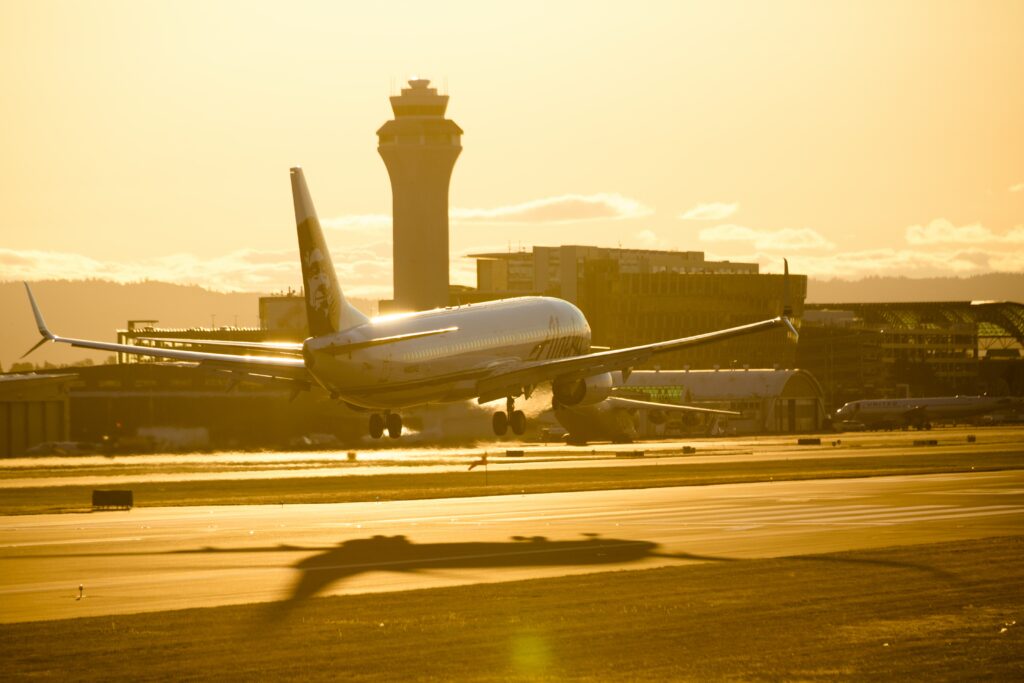
Air traffic control is a complex and challenging task that requires precision and accuracy to ensure the safety of passengers and crew. Despite the many benefits of air travel, there are several challenges that air traffic controllers face on a daily basis.
One of the biggest challenges in ATC is managing changes. Changes in weather, airport conditions, and flight schedules can all have a significant impact operations. The controllers must be able to quickly adapt to changes and make adjustments to their plans to ensure the safe and efficient movement of aircraft.
Another challenge in air traffic control is the cost. The cost of air traffic control operations can be significant, and it is often a major expense for airlines and airports. The high cost of air traffic control can sometimes lead to funding shortages, which can result in delays and other issues.
New York is one of the most challenging locations for air traffic control due to its high volume of congested airspace. Air traffic controllers in New York must be highly skilled and experienced to manage the complex operations in this area.
Ground stops are another challenge. A ground stop is when air traffic control halts all takeoffs and landings at an airport due to weather, equipment issues, or other factors. Ground stops can cause significant delays and disruptions to air travel.
The Traffic Management Advisor (TMA) system is a tool used by controllers to manage traffic flow and reduce delays. However, the TMA system can also be a challenge for controllers to use effectively, as it requires a high level of skill and experience.
Wake turbulence is another challenge. Wake turbulence is the disturbance in the air caused by the passage of an aircraft. This disturbance can be hazardous to other aircraft, and air traffic controllers must take steps to ensure that aircraft are safely separated to avoid collisions.
The Future of Air Traffic Control
As air travel continues to grow, the importance of air traffic control becomes more and more apparent. The future of air traffic control is set to bring a number of changes that will help to make air travel more efficient and safer for everyone involved.
One of the biggest changes that is set to occur is the implementation of more advanced technology. This will include the use of drones and other unmanned vehicles to help monitor air traffic, as well as the use of more sophisticated radar and communication systems. This will help to reduce the risk of accidents and improve the overall safety of air travel.
Another change that is set to occur is the creation of more jobs in the air traffic control industry. As air travel continues to grow, there will be a greater need for trained professionals to help manage the flow of traffic. This will provide opportunities for people who are looking for stable, well-paying jobs in a growing industry.
Airlines and passengers will also benefit from the changes that are set to occur. With more efficient systems in place, airlines will be able to operate more flights and reduce delays, while passengers will be able to enjoy a smoother, more comfortable travel experience.
Commercial aircraft will also become more flexible in the future, thanks to advances in technology. This will allow airlines to operate more efficiently, while also reducing their environmental impact.
